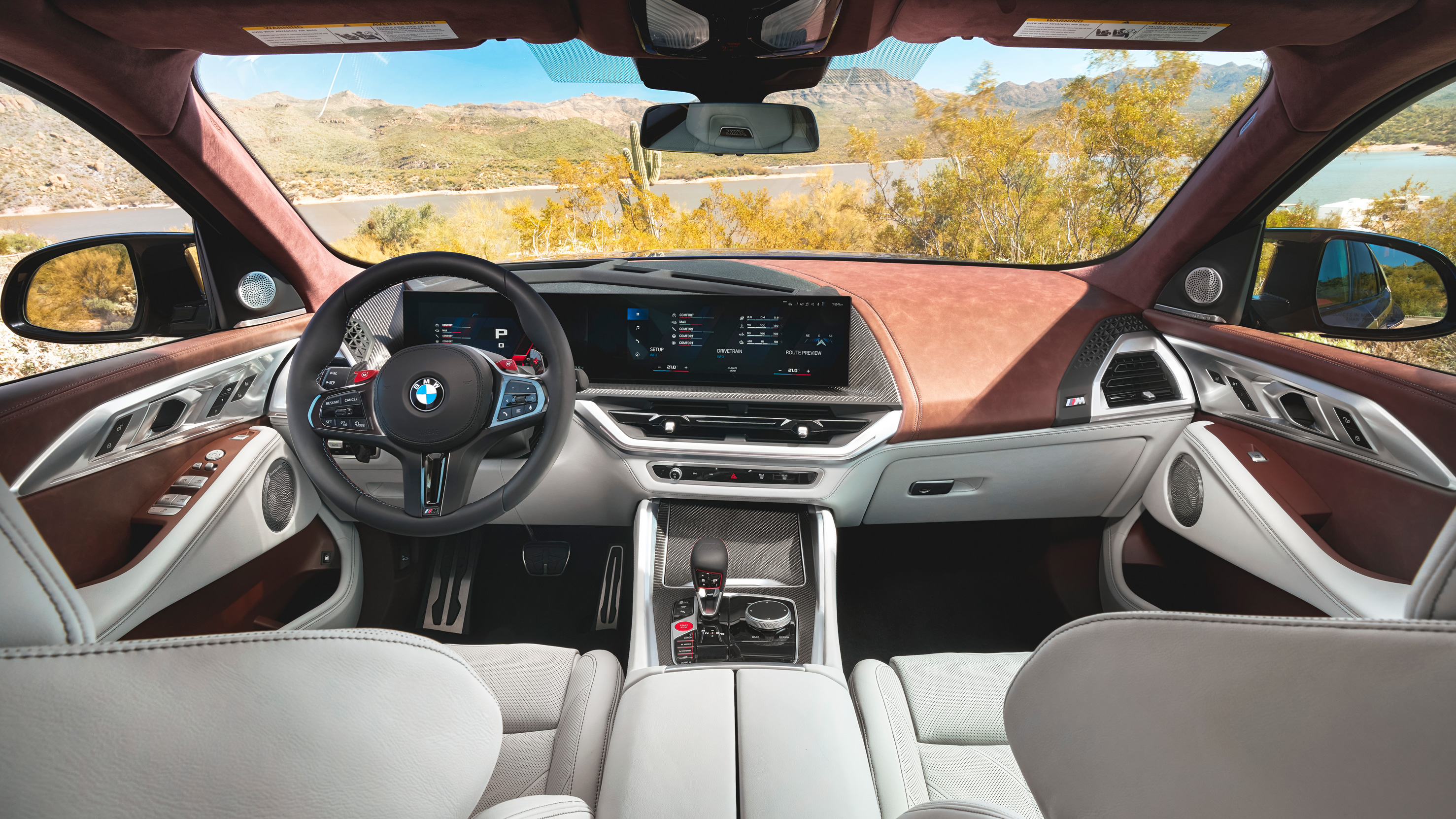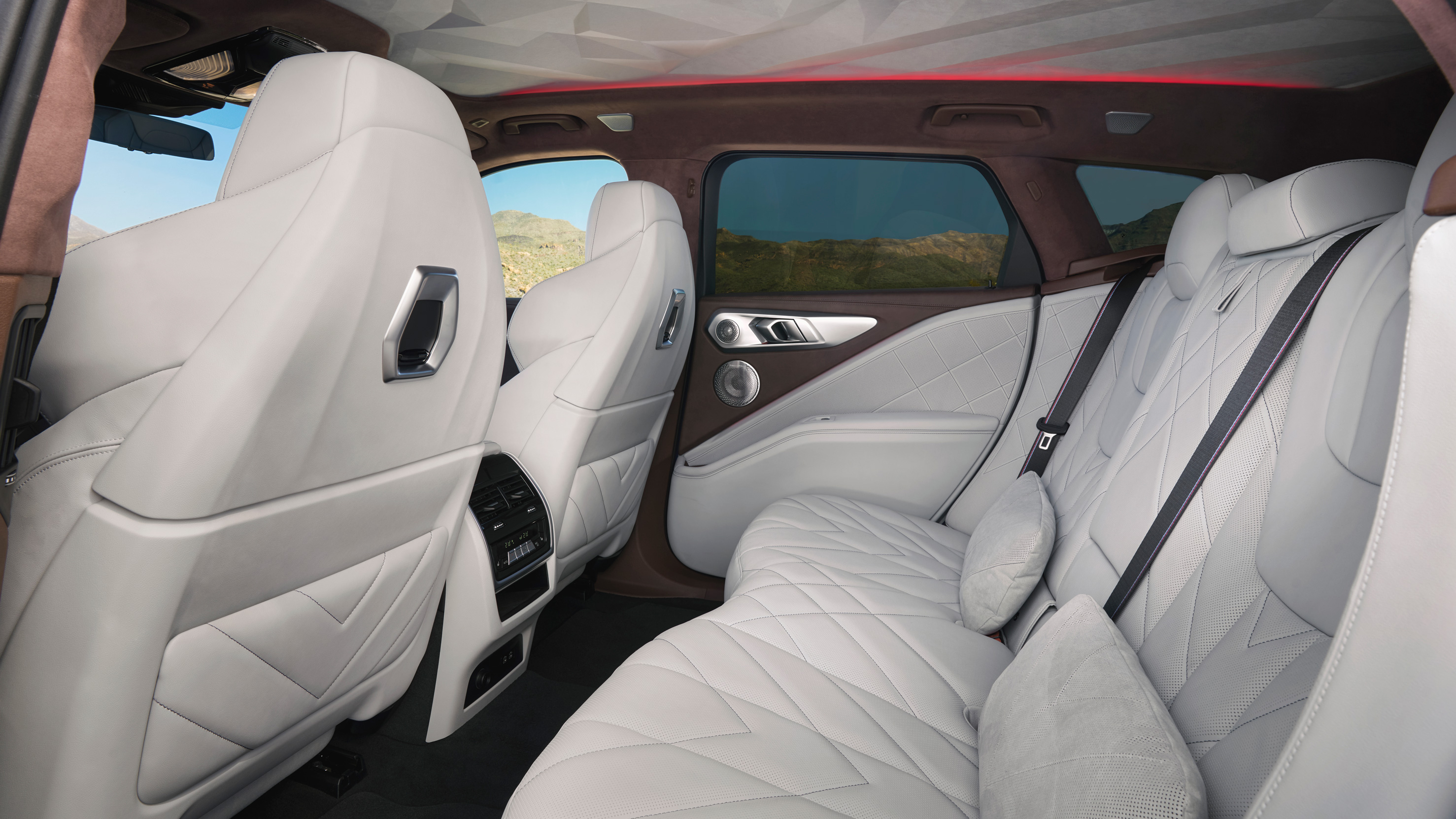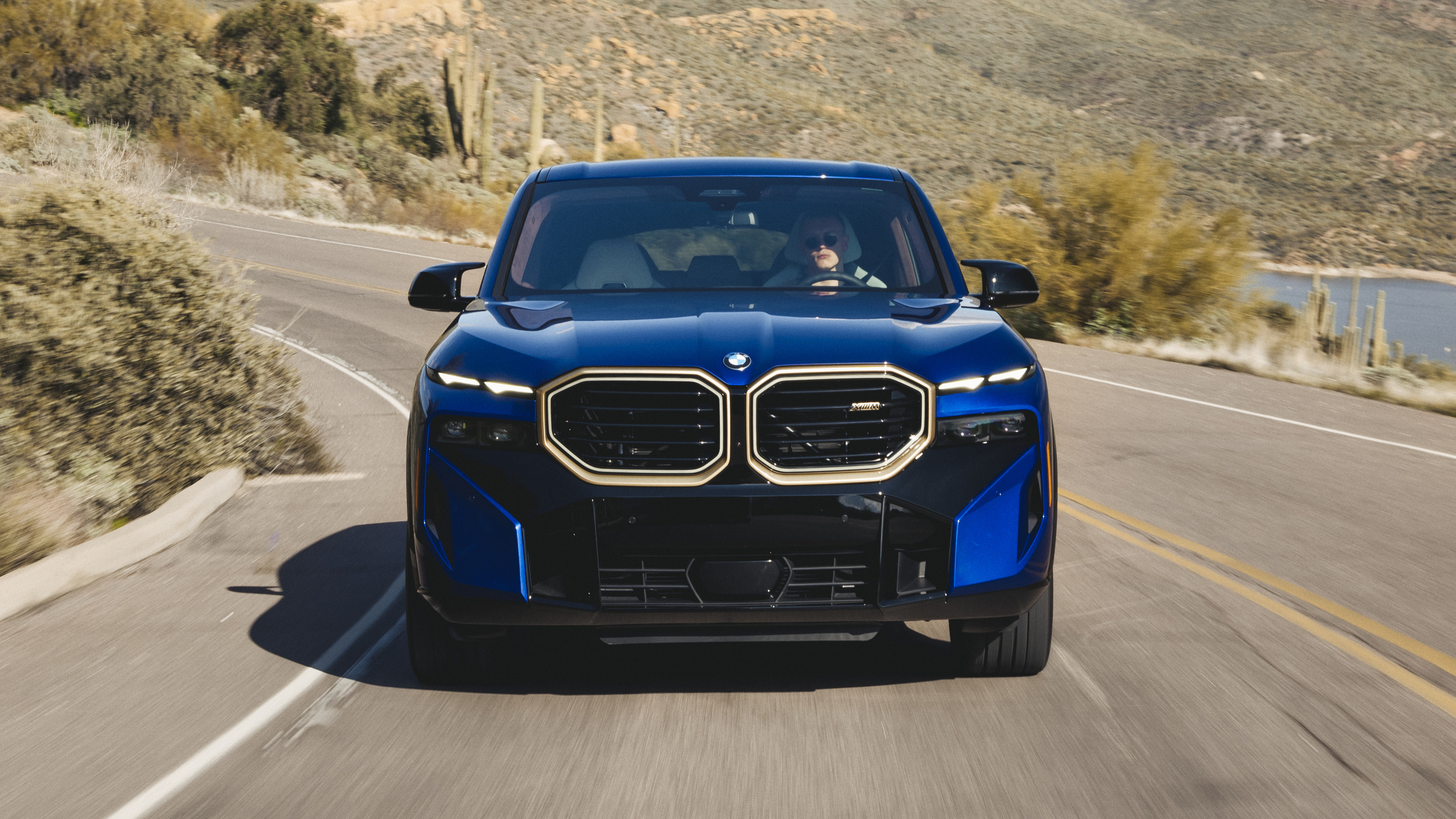
Buying
What should I be paying?
The XM is priced from £148,000, making it the most expensive BMW to date. But it’s by no means short of rivals in the 650bhp+ super 4x4 sector: with just a few options on board it’s eye-to-eye with the Audi RSQ8, Aston Martin DBX, Bentley Bentayga S, Mercedes-AMG G63, Lamborghini Urus, while the Porsche Cayenne Turbo S (set for a big update shortly) undercuts it, until you enact Stuttgart’s infamous options list.
Of all the competition, only the Porsche currently offers a high-performance plug-in hybrid option: Bentley’s Bentayga PHEV only offers a miserable V6. But if the XM appeals because of potentially low running costs, then be warned – the usual plug-in hybrid caveats apply. On the lab test the XM averages out at 176mpg, but even with a fully charged battery our test drive saw fuel economy settle at around 25mpg. That’s around twenty per cent better than an X5M, despite the half-tonne weight penalty caused by the hybrid system.
CO2 emissions officially as low as 33g/km will allow the XM to dodge urban emission zones, where it’ll promptly get stuck in the width restrictors.
BMW claims an EV-only range of some 50 miles from the 29kWh battery, which recharges from flat in just over four hours, and isn’t compatible with a rapid charger (if you’re juicing a PHEV from a fast public charge point, you’re using it incorrectly). In temperate weather we saw around 42 miles of potential e-range, but this depletes rapidly when asked to help shift the XM’s considerable bulk. On the plus side, BMW continues to use a physical button and simple sub-menu to choose between fully EV, hybrid and charge-saving modes, which we massively approve of. Other PHEVs, take note.
Featured

Trending this week
- Car Review
BMW 1 Series
- Top Gear's Top 9
Nine dreadful bits of 'homeware' made by carmakers






